What is EntoGEM?
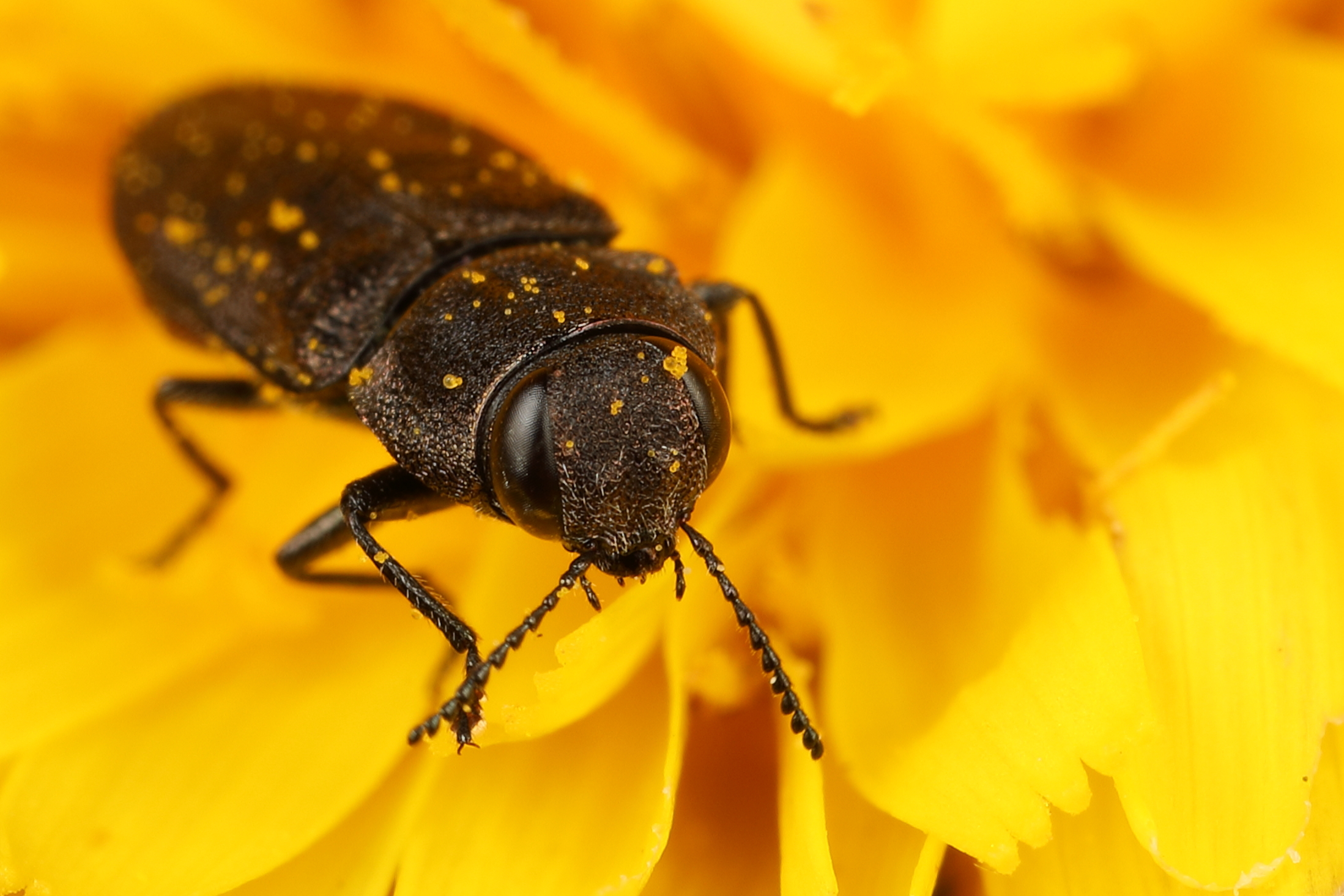 EntoGEM is a community-driven project that aims to compile evidence about global insect population and biodiversity status and trends. Our goal is to assess the current state of evidence in the scientific literature regarding insect declines, increases, or lack of changes over time.
EntoGEM is a community-driven project that aims to compile evidence about global insect population and biodiversity status and trends. Our goal is to assess the current state of evidence in the scientific literature regarding insect declines, increases, or lack of changes over time.
Our hope is that this collection of literature, published and unpublished, will be used to inform stakeholders, such as entomologists, conservation biologists, insect enthusiasts, policy makers, or systemic review experts, and anyone who may want to learn more through a database of studies on global insect population and biodiversity trends. To do this, we will use a community-driven systematic mapping approach to determine what clusters of knowledge and gaps exist in the literature.
What is the need for a systematic map of insect trends globally?
Recent studies documenting declines in insect abundance and biodiversity have raised concerns about a global insect conservation crisis with potentially dire consequences. There are over five and a half million insect species globally that are critical to maintaining ecosystem integrity; they fill roles as pollinators, herbivores, decomposers, and prey for other organisms.
 Media coverage of the potential consequences of losing insect species has raised public interest in the topic of insect conservation. News stories like the "The Insect Apocalypse is Here" in the New York Times pointed to the "windshield phenomenon" noticed by entomologists and evidence of this trend from studies like the Krefeld study.
Media coverage of the potential consequences of losing insect species has raised public interest in the topic of insect conservation. News stories like the "The Insect Apocalypse is Here" in the New York Times pointed to the "windshield phenomenon" noticed by entomologists and evidence of this trend from studies like the Krefeld study.
The growing concern about global insect declines both in academic and public spheres has led some researchers to call for more primary studies. To effectively plan primary studies, however, as a community we need to identify gaps in our knowledge and prioritize areas of research that have the most critical needs for conservation and policy-making. To do this, we need to undertake a systematic map to synthesize the available evidence and get a clear picture of the current state of the literature. Preliminary results from the EntoGEM project suggest that hundreds of long-term studies have not been included in the current conversation surrounding insect decline because they are found in grey literature like theses and dissertations, are published in languages other than English, or are in difficult-to-retrieve sources.


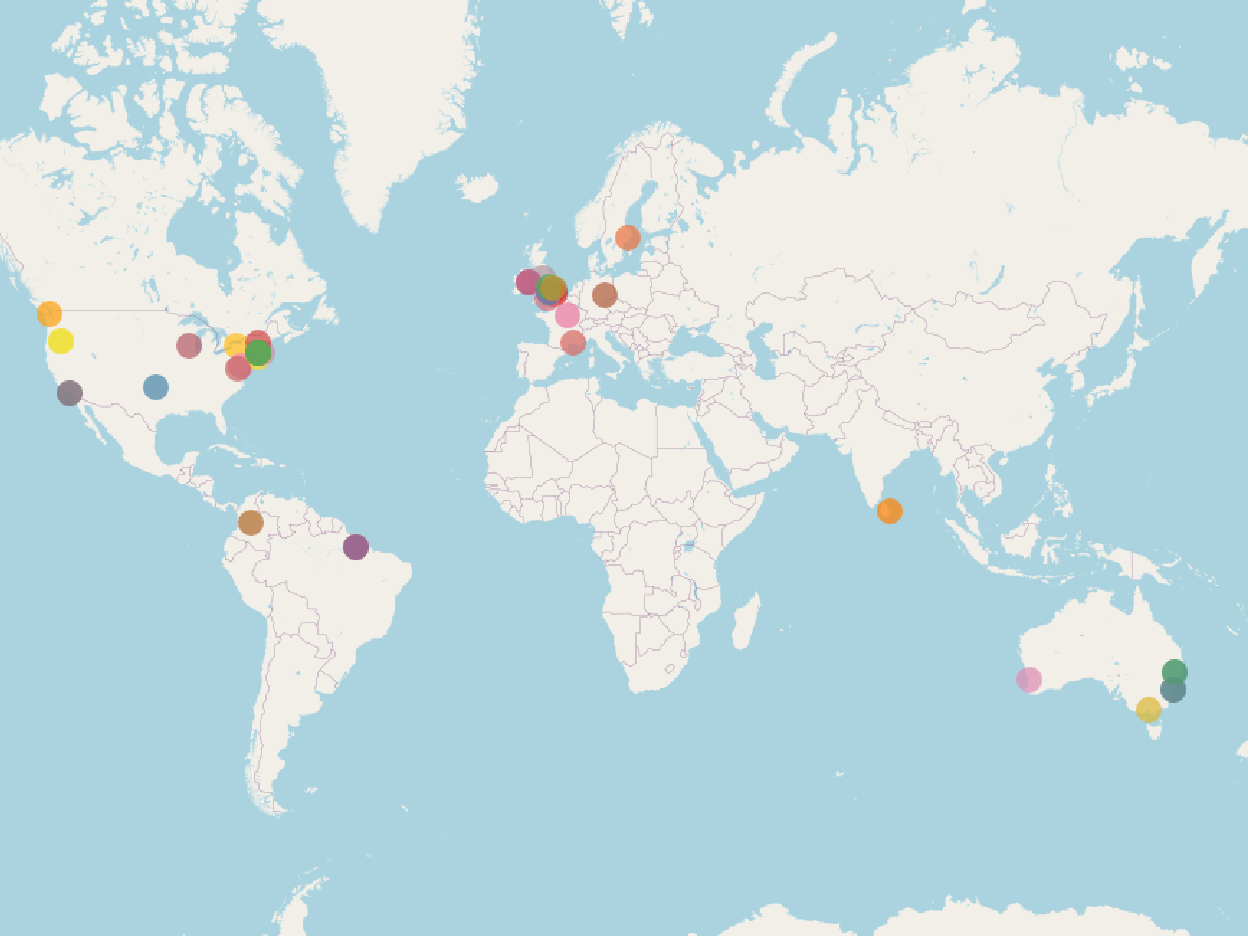
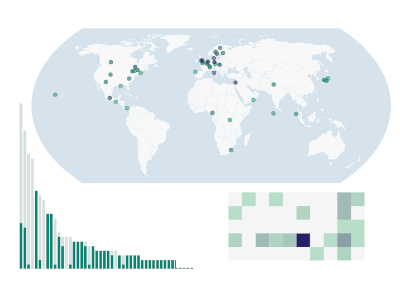


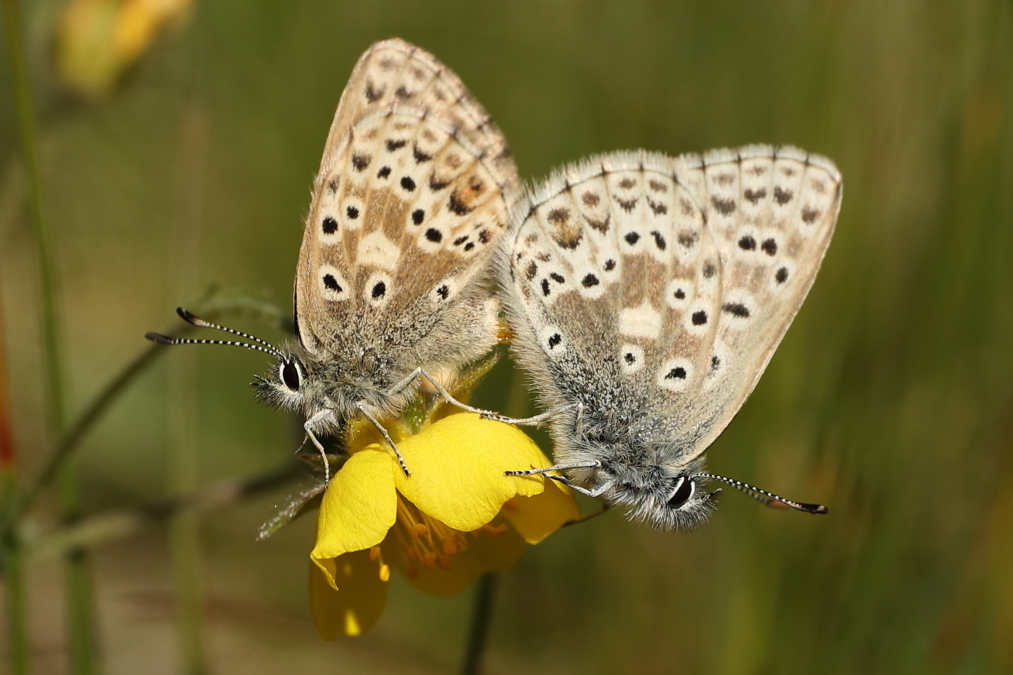 A systematic map is a form of evidence synthesis. Evidence synthesis incorporates information from multiple sources to inform decisions on a specific issue using techniques like systematic reviews and meta-analysis. Unlike systematic reviews or meta-analyses that aim to answer specific questions related to impacts or effectiveness of different management decisions and policies, systematic maps aim to describe the state of evidence bases.
A systematic map is a form of evidence synthesis. Evidence synthesis incorporates information from multiple sources to inform decisions on a specific issue using techniques like systematic reviews and meta-analysis. Unlike systematic reviews or meta-analyses that aim to answer specific questions related to impacts or effectiveness of different management decisions and policies, systematic maps aim to describe the state of evidence bases. 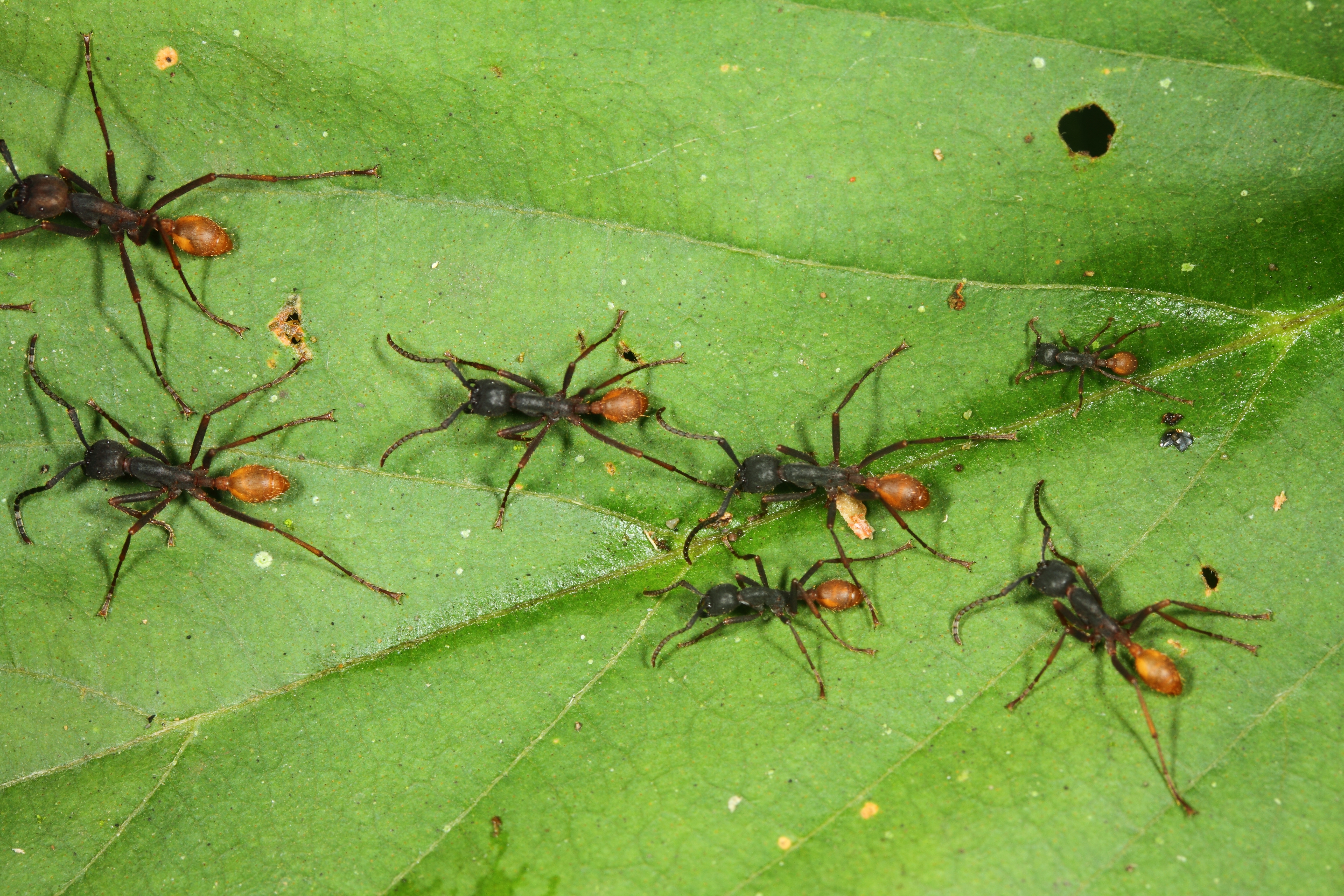 To map the state of the evidence on global insect trends, we are organizing a community-driven systematic mapping project guided by a core group of subject experts and research synthesis experts. The final product of this project will be a global, multi-lingual map of all known studies, published and unpublished, that document evidence of insect population and biodiversity trends over time.
To map the state of the evidence on global insect trends, we are organizing a community-driven systematic mapping project guided by a core group of subject experts and research synthesis experts. The final product of this project will be a global, multi-lingual map of all known studies, published and unpublished, that document evidence of insect population and biodiversity trends over time.
 For an example of a recent systematic map, we suggest browsing through
For an example of a recent systematic map, we suggest browsing through